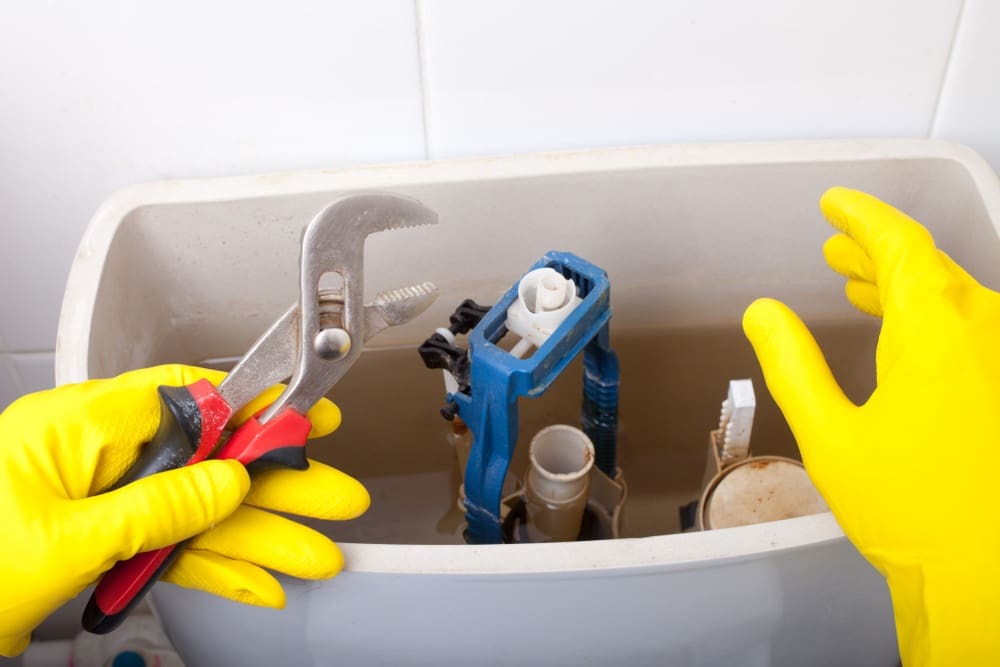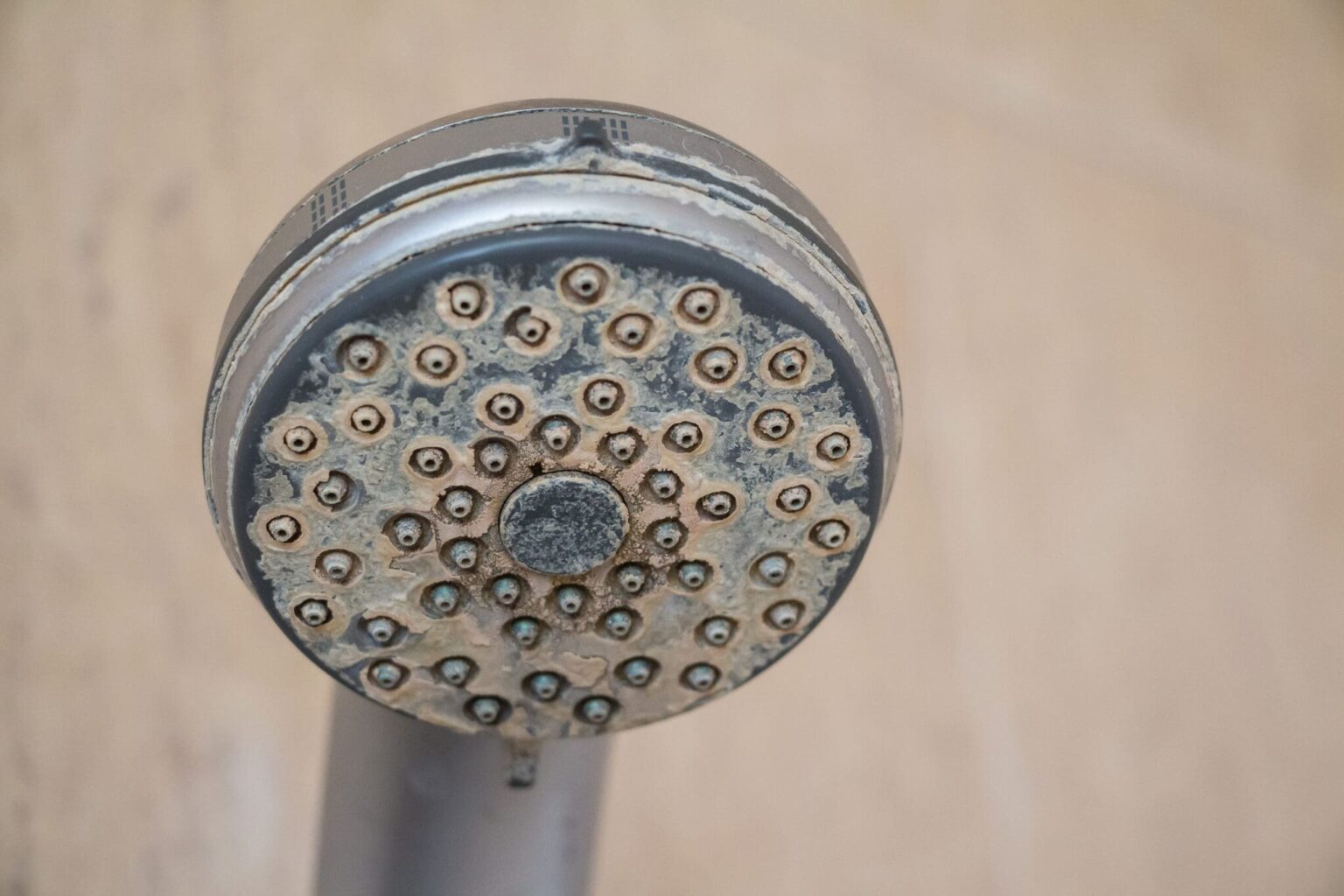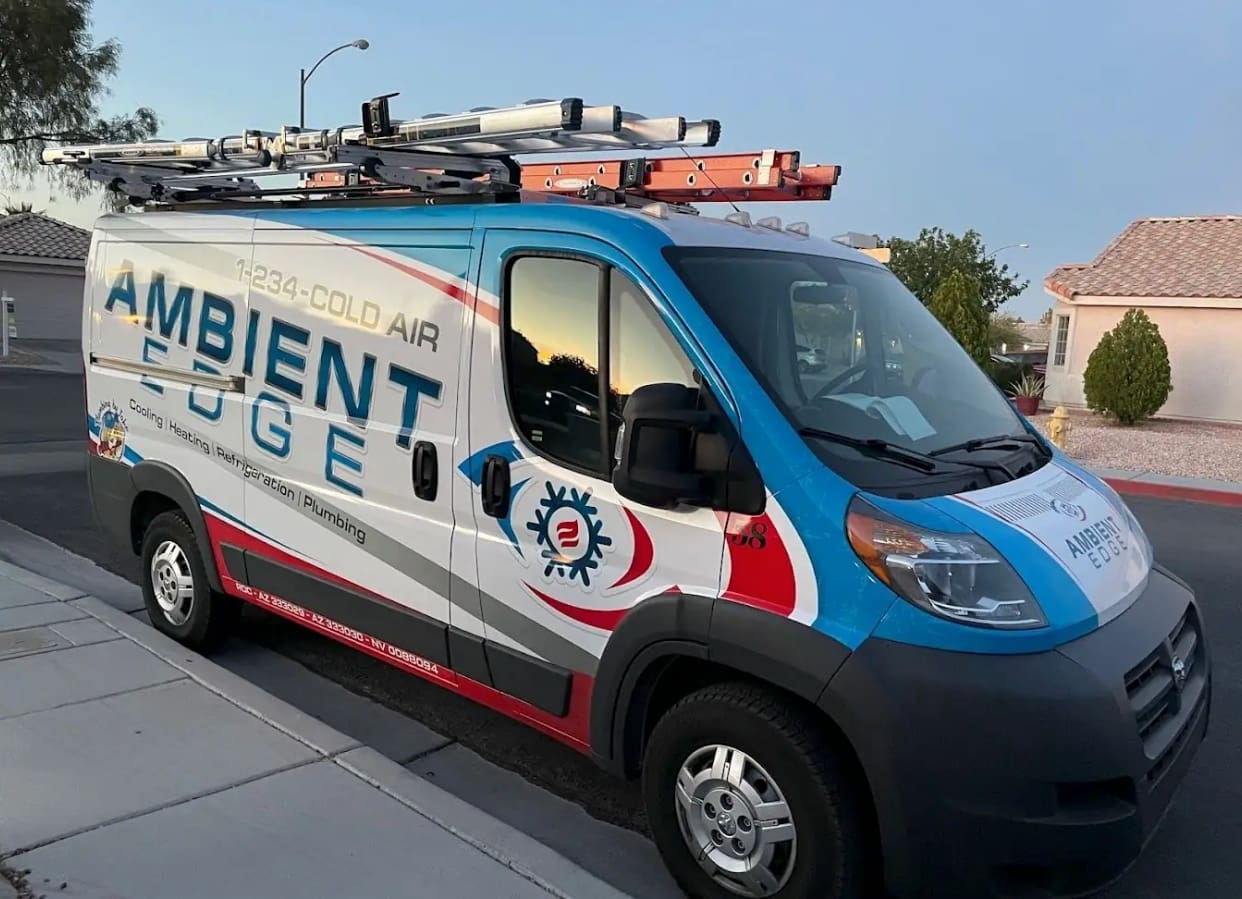If you’re researching VRF (variable refrigerant flow) HVAC systems, congratulations. While these high tech commercial HVAC systems have been in use in Asia and Europe since the 1980’s, they are still a relative newcomer to the HVAC scene in the United States. But that is expected to change, as more and more organizations discover the benefits of these commercial heating and cooling systems.
According to the U.S. Department of Energy (DOE), there are approximately 28,000 VRF multi-split systems shipped annually in the United States. That number is expected to rise exponentially in the coming years. In fact, Business Wire recently reported on an increasing preference toward VRF technology in the commercial sector.
But before we get into the cost of the system, let’s look at what a VRF HVAC system actually is.
VRF HVAC System, Defined
The Department of Energy (DOE) describes a VRF Multi-split system as a “unit of commercial air conditioning and heating equipment” with the following characteristics:
- Designed and set up as a split system (has one or more outdoor units for exchange of heat directly with outdoor air connected to multiple indoor fan coil units that directly cool indoor air).
- Is a multi-split system, meaning that multiple indoor heating and cooling units are connected to the outdoor unit by pipes through which the refrigerant flows.
- Equipped with at least one variable-speed compressor or a combination of compressors that allow for variable refrigerant flow capacity by three or more steps.
- Indoor units have individual controls that allow for independent control of the cooling for the zone that it serves.
All of these characteristics allow the VRF HVAC system to provide heating and cooling simultaneously within the same space. They can serve multiple zones in a building, each with different heating and cooling requirements.
Initial Cost
While a full-sized VRF HVAC system could be installed in a very large home, they are most cost effective when designed and installed in buildings 10,000-80,000 sq. ft. in size, according to a technology report commissioned by the General Services Administration (GSA).
You may be asking yourself is my air conditioner unit big enough?
Because of the advanced technology involved, the initial cost of a VRF system is higher than a traditional commercial HVAC system. A study by Washington State University estimates that the installed cost of a VRF HVAC system is about $18 per square foot served, while a code-minimum system could cost about $12 to $15 per square foot.
The size of your facility, your heating and cooling requirements, and other factors will all help determine if a VRF HVAC system meets your requirements at a cost-effective level.
There are also mini-VRF systems available for smaller business spaces as well as large custom homes.
Cost Savings
According to the DOE, in general, 40% of total energy costs for the average commercial building are spent on heating, cooling, and ventilation (HVAC). Commercial facilities with old and inefficient HVAC systems and new construction projects can save money on energy costs in the long-term with a VRF system.
VRF HVAC systems offer energy savings compared with conventional systems. This is due to:
- Better part-load efficiencies
- Heat recovery
- Smaller zones
- Reduced duct losses
Exact annual energy savings will depend on the climate zone. Using Energy Pro building modeling software, it was determined that annual heating and cooling energy savings for a 25,000 sq. ft. assisted-living building are estimated at 37% in Seattle, WA; 36% in Portland, OR; and 29% in Billings, MT . The GSA says such a system can decrease energy costs by 30%. Ambient Edge can help you increase the efficiency of heating and cooling systems in your home.
Incentives and Energy Saving Upgrades
You may also be able to save on the installation cost of a VRF HVAC system due to incentives from government agencies, electricity providers, and manufacturers.
And if you’re looking to save on energy costs, you may want to check out the building upgrades from the Energy Star Building Upgrade Manual.
Get a Quote on a VRF HVAC System for Your Project
If a multi VRF HVAC system sounds like a good fit for your retrofit or new construction project, call Ambient Edge and we’ll set up a consultation. We’ll do a load analysis and ask you about your heating and cooling needs to ensure we choose the best system available for your facility.





